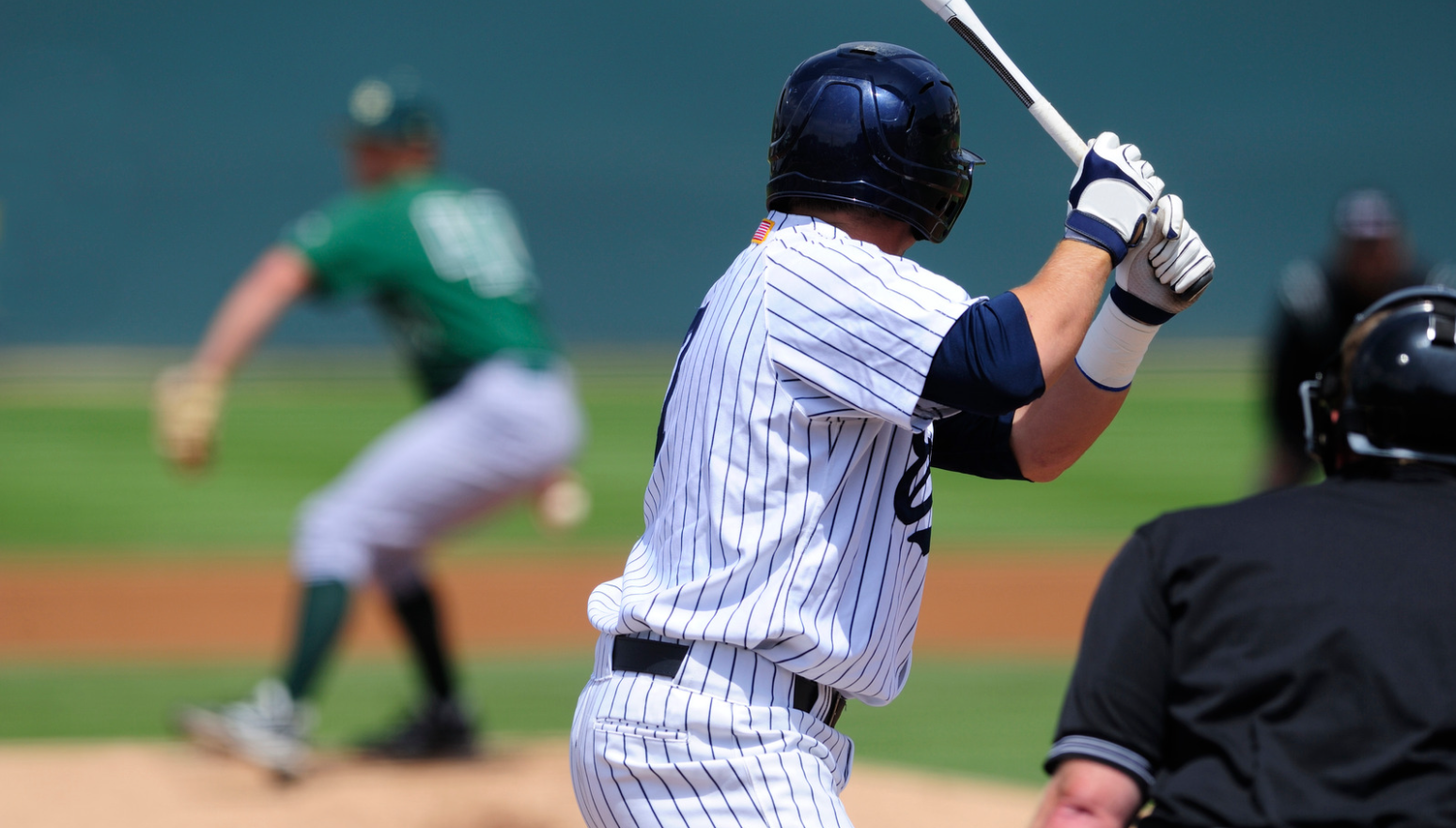
*** Below is a summary of various components of our hitting program. Please note that depending on age and time of year, a specific program may or may not incorporate sections from the list provided below. If you would like further details on a given program, please contact the front desk.
Hitting development at RPP is a year-round process, with different programs going on at different times of the year. Our programming can be adjusted according to each athlete’s individual needs and timeline, but as a whole, generally follows the seasonal nature of the sport, with adjustments to programming being made in the summer, fall, winter and spring. The following are various components of the hitting program:
Assessments and Evaluations
-
-
- Physical Evals (for ages 16 and older, pre-approved to train independently)
- Movement Screen
- Strength and Power Testing
- Motion Capture Analysis
- Video Analysis
- Batted Ball Results
- Physical Evals (for ages 16 and older, pre-approved to train independently)
-
Hitting
-
-
- Individualized Hitting Program
- Hitting Drills and Correctives
- Swing Design
- Blast Metrics
- K-Vest Analysis
- HitTrax
-
Strength Training
-
-
- Mobility Program
- Strength and Power
- Velocity-Based Training (VBT)
- Force-Velocity Profiling
-
Movement Screen and Strength Assessment
As our understanding of the body and technology has improved over the years, it is now more apparent than ever that your performance at the plate, and bat speed and exit velo, is as much about your swing mechanics as it is about your overall physical ability. This basically means… “how well you move” and “how powerful you are”, to a large extent defines you as an athlete.
A movement screen and strength and power testing gives us a complete picture (for ages 16 and older, pre-approved to train independently).
Movement Screen – Baseball players move in all three planes of motion so their program and assessment should reflect the movement patterns. Physical limitations and imbalances, from a strength and mobility standpoint, can have profound effects on an athlete’s ability to perform at their max potential. In our movement screen, depending on the age of the athlete, we test for a variety of topics, from laxity to various ranges of motion in the upper and lower extremities.
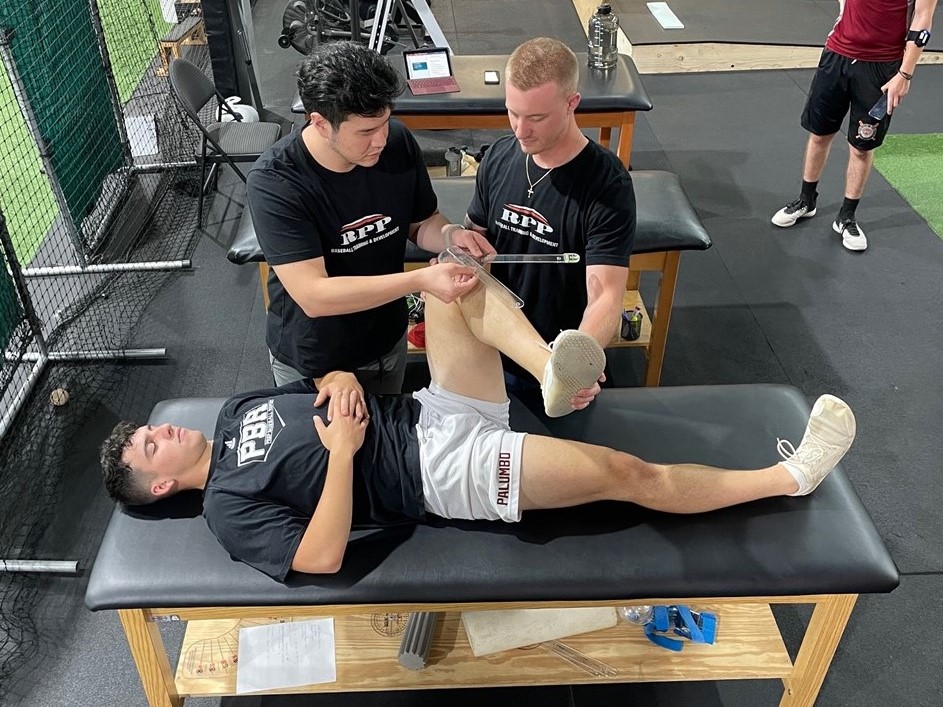
Strength and Power – Testing for strength and power can give us great insight into the type of athletes we are working with and help create a blueprint for their strength training programs. It wasn’t long ago when strength testing was primarily measuring the 1 rep max (RM) of an athlete with a variety of different lifts in the weight room. Today, technology is changing this dramatically. With our older athletes we generally use velocity based training or VBT, a method of evaluating the intensity of a given movement through the monitoring of bar and / or body speeds with a sensor. This helps us measure an athlete’s strength levels with a high degree of accuracy.
Below is a typical summary report from our assessments for our older athletes that train in our monthly programs (click here for additional details, if interested).
By the time, we have completed our assessment, we know exactly what needs to be addressed.

Hitting Mechanics Analysis
Our hitting analysis leaves no stone unturned, as mechanics are analyzed three different ways with all the information blended into one final summary report:
-
- Video Analysis
- Blast Motion Analysis
- K-vest Motion Capture Analysis
Video Analysis – The video analysis breaks down mechanics into 2 distinct phases, Stride and Swing, and 15 different positions. The Stride Phase begins at set-up and ends when the hitter commits to the pitch (heel plant). The Swing Phase begins as the front leg blocks at heel plant and the body begins to accelerate its rotation against a firm front side, ultimately ending at contact.
Stride Phase:
-
-
- Setup / Stance
- Excessive Negative Weight Shift
- Poor Rear Hip Load
- Inability to Maintain COM
- Lack of Linear Momentum
- Lack of Independent Hands
- High Elbow
- Losing the Barrel
- Stride Length
- Lack of Lower Half Stability
-
Swing Phase:
-
-
- Front Knee Angle
- Inefficient Lead Leg Block
- Poor Axis of Rotation
- One-Piece Swing
- Push
-
Below is a brief video on how we analyze hitting mechanics:
Blast Motion Analysis – Blast Motion is a sensor that gets attached to the bottom of the bat. It reports 3 swing quality scores, Plane, Connection and Rotation, with 10 underlying pre-contact metrics.
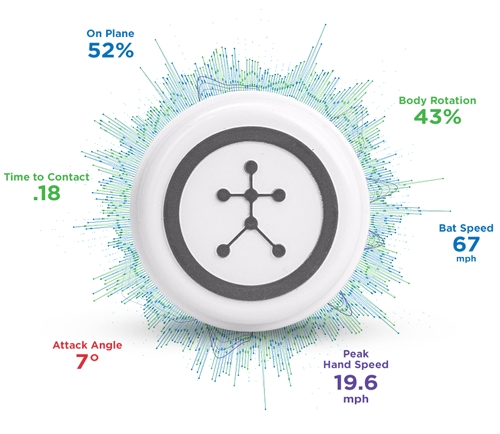
The following are examples of some of the metrics that we review to evaluate a player’s swing:
-
- Attack Angle
- Rotational Acceleration
- Bat Speed
- Power
- Early Connection / Connection at Impact
- On-Plane Percentage
The information is extremely helpful. So much so, that it’s entirely integrated into our evaluation and training programs. If interested in reading more on this topic, please click here.
K-Vest Motion Capture – While not all swings are the same, close analysis reveals that there is one common denominator why some players hit the ball harder than others. Generating and transferring speed throughout the body requires a specific transfer of segmental peak angular velocities that allows hitters to transfer force more efficiently. This timing pattern is referred to as a “Kinematic Sequence” and as a part of the program.
This high-speed sequencing can only be viewed through motion capture sensors placed on the athlete’s body prior to the initial swing design/video analysis.

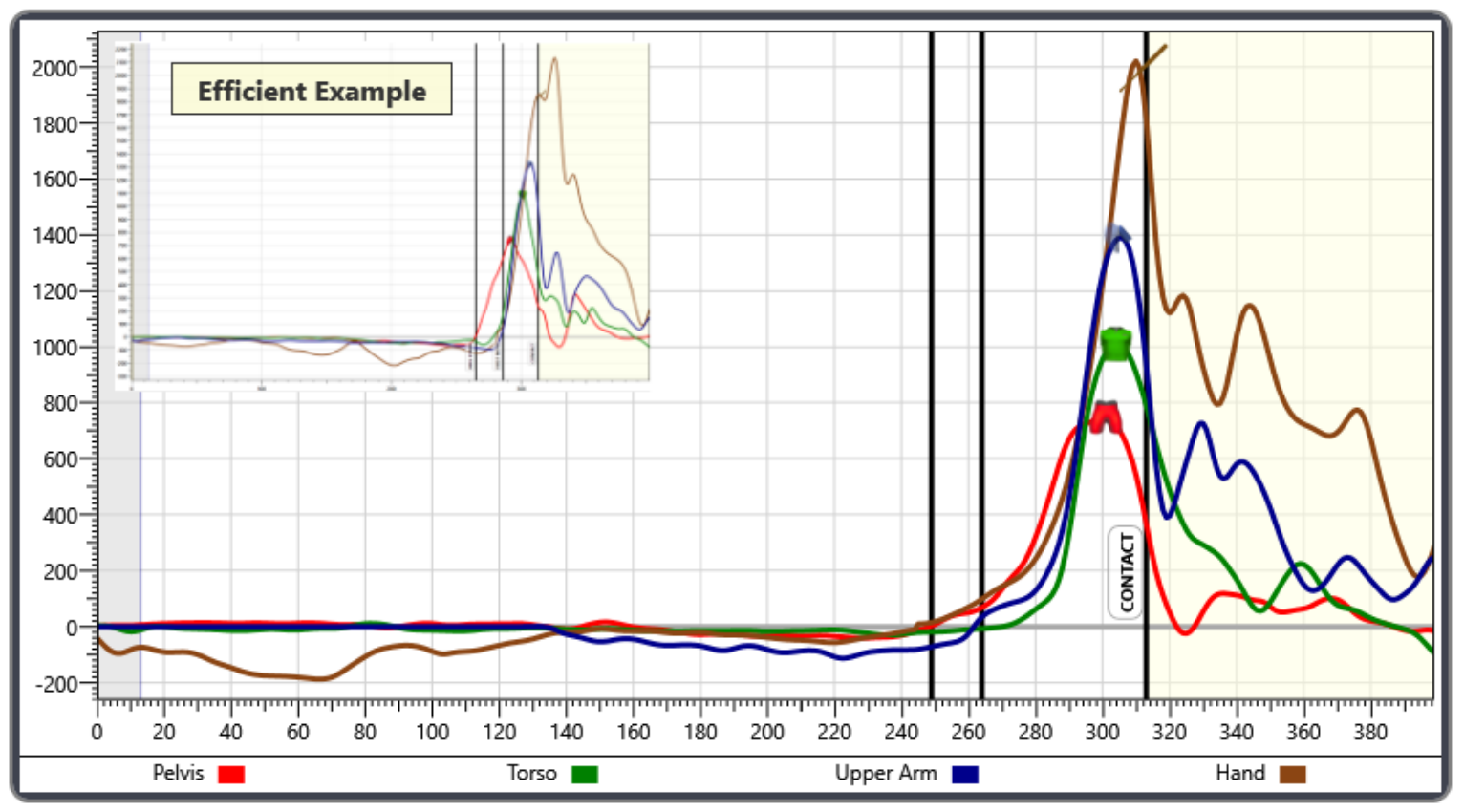
The chart above is an example of a typical baseball swing with a proper sequence from the pelvis, to the torso, to the shoulder to the hand. As each sequence builds on the prior, peak rotational speeds continue to build along the chain. An out-of-sequence hitting motion, and it happens much more often than expected, can lead to a variety of issues from opening too early to losing bat speed, power and adjustability.
For an expanded discussion on K-vest and the kinematic sequence please click here.
Strength and Conditioning Program
Our world-class strength program for baseball players is 100% designed around the player as a rotational athlete and is highly specialized and customized for the sport. It is the cornerstone of our programming and it is designed to go hand-in-hand with our pitch development programs.
The reality is that every athlete is different in every way and each needs a different approach to developing their strength and power. The use of velocity-based training with our more experienced athletes allows us to better pinpoint the correct load for each athlete based off of day-to-day fatigue. For more on VBT please click here.
Our programming takes players out of their comfort zone and trains them in all three planes of motion. The following provides a brief summary of our weekly training program:
-
- Upper / Lower Body Strength Training
- Tri-planar Core Development
- Velocity-Based Training (when applicable)
- Movement (eccentric, concentric power development)
- Energy System Work (specific to game-time performance and time of year)
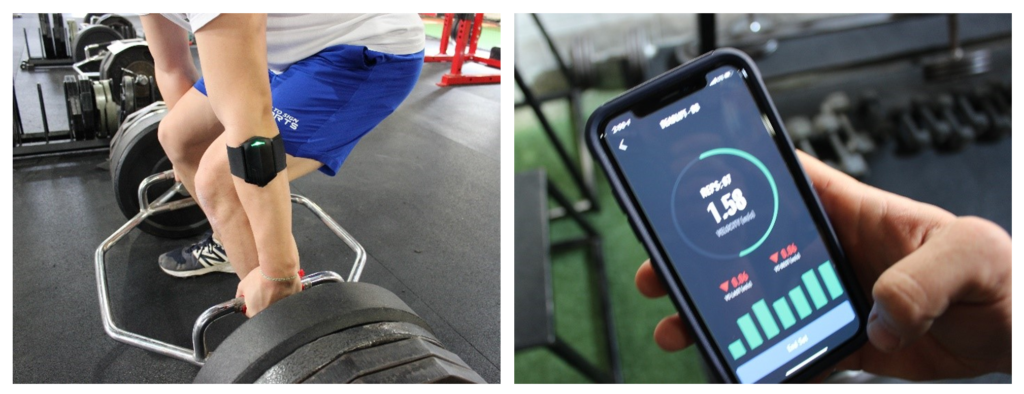
Athlete Highlights – Position Players
Interested in reading about our players and their successes?
You live too far to train with us in-house at RPP? You can now train with us on a REMOTE basis.


